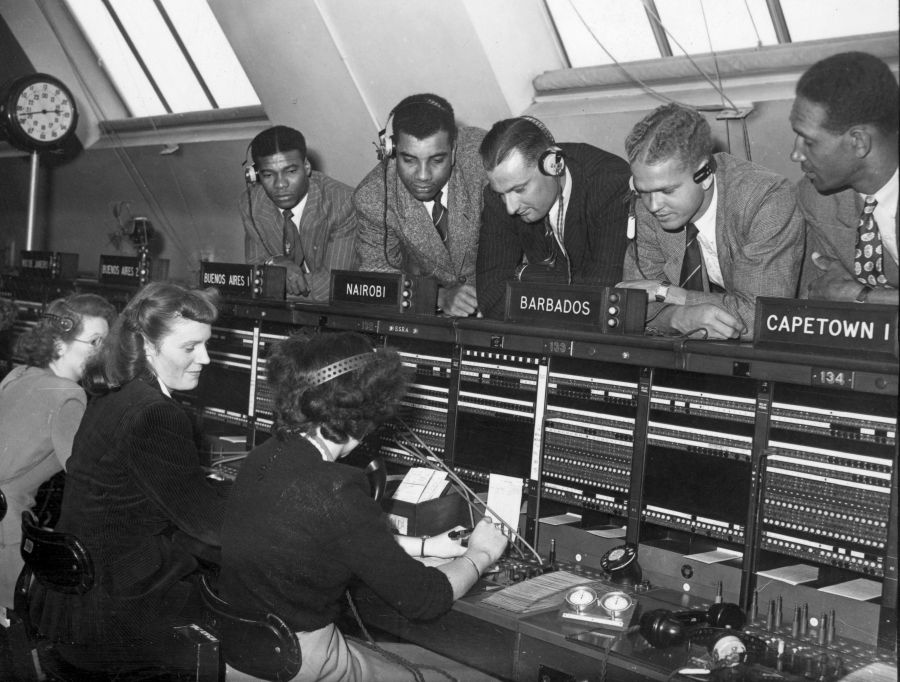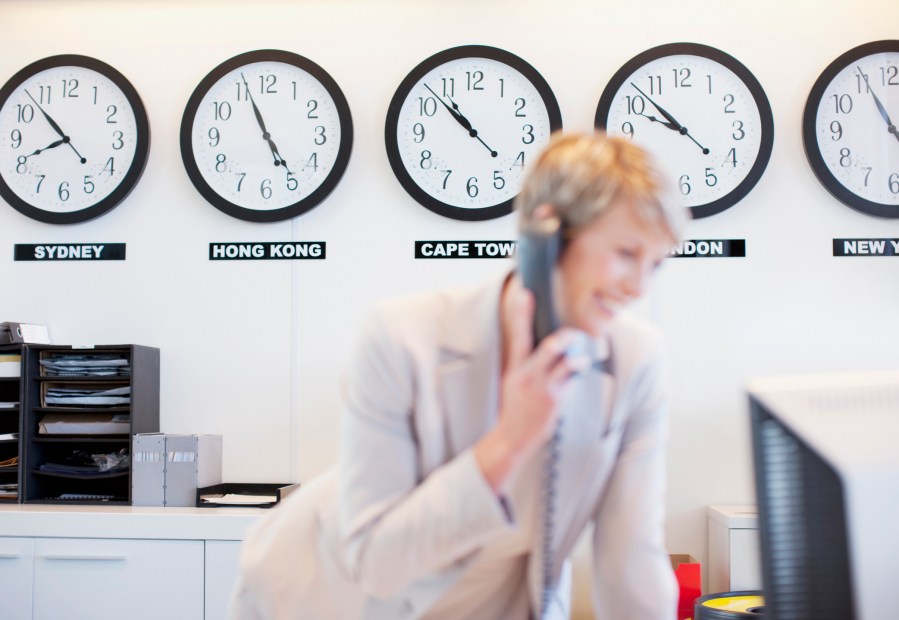What Are Country Codes and How Do They Work?

There isn’t anyone alive today who remembers a world without phones, but if you have an older relative who has just surpassed 100 years, then someone in your family was alive before international calling was possible. Granted, they probably don’t remember it. The first international call was placed in April of 1921, just over 100 years ago, from Key West, Florida to Havana, Cuba. Since then we’ve seen the advent of emails, cell phones, video chatting, and more. We do not lack ways to contact one another.
With the rise of the internet and the proliferation of apps like WhatsApp and Zoom, knowing how to dial an international call may seem more like an ancient art than a necessity. Still, we think it’s a valuable thing to know how to do. This article will explain the basics of country codes — what they are, how they work, how to use them to make a call, and how to look up a specific country code to prepare you for your next call.
What are Country Codes?
You can think of a phone number in its entirety as a map of sorts– or a set of instructions that tells the phone company how to get your call from point A to point B. The further away the destination, the longer the directions will be.

Consider the country codes work very similarly to area codes. When we dial someone with the same area code as us, it’s not necessary to include the code in our dialing. If we are in the United States, we dial a 7-digit number, and the absence of an area code signals to the phone company that we are calling someone within our same area. You can imagine that when we add an area code, it tells the phone company to zoom out on some imaginary map to first locate the correct area before zooming back in to identify the specific person we are trying to call.
The same is true for country codes. Country codes are a series of digits you must dial to indicate the country where you would like your call to be routed. We don’t often include them because we are usually making calls to someone who shares the same country code as us. When we add a country code, it signals to the phone company that they need to zoom out on their map and first identify the correct country. The numbers we dial after the country code includes an area code too!
Country codes often vary by country. Most countries will have two or more digit calling codes. For instance, the common codes for making calls abroad are; 33 for France, 44 for the United Kingdom, 91 for India, 86 for China, and 52 for Mexico. There are exceptions for some countries, such as Canada, the United States, and its territories, with a country code 1. Smaller countries with smaller populations have a three-digit code. An example is the Republic of Ireland, which has a country code of 353.
What Are International Calling Codes?

In addition to country codes, there’s a prefix that you have to dial before placing an international call. This prefix is called an international calling code, a dial-out code, or an “exit code.” An international calling code is used to identify the country that you’re calling from. Its primary purpose is to signal that you are making an international call.
Most countries use two standard codes; that is 00 and 001. Mexico, the United Kingdom, France, Malaysia, and India commonly use code 00. The second international calling code, 011, is used by countries like Canada, Jamaica, Australia, the United States, and overseas territories. Other codes also exist, such as 009 for Nigeria, 010 for Japan, and 119 for Cuba, among others.
When you’re dialing internationally, you don’t dial the international calling code for the country you’re calling. You dial the calling code for your country, in order to tell the phone company, “hey, I’m about to make an international call.” It’s more of a heads up than a specific set of directions.
However, technological advancements now allow most cell phones to simply use the ‘+’ sign to indicate that you’re placing an international call. So, dialing an international calling code before a country code is no longer necessary. The ‘+’ sign will do just fine.
Consider two family members who live in the same town and share the same area code. When they want to call each other, they can make that call with just a 7-digit number. When one family member moves away, but still lives within the same country, it becomes important to include the area code. When that same family member moves abroad, now to dial them, you need to first dial a ‘+’ sign (a stand-in for your country’s exit code), plus their country code, before dialing their new number.
Suppose this family member now lives in the United Kingdom; this is how you would dial their number:
- + – Replaces the international calling code
- 44 – United Kingdom’s Country code
- 1296 – Area code
- 999999 – Mobile number
So, their complete international phone number will appear like this: +44 1296 999999.





